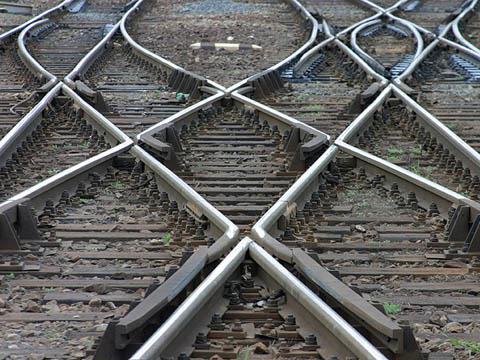
MOROCCO: Work is to begin this year on the first phase of a high speed line master plan costing 100bn dirhams which is predicted to increase rail patronage from 52 to 133 million passengers a year by 2030.
According to ONCF's Director Strategy & Development Azzedine El Amraoui, the project offers a 'social rate of return' of 8·5%.
New line construction is essential to increase network capacity and tackle growing congestion on the existing routes, he explained. Building these lines for high speed operation would improve rail's competitivity, and support demands for increased mobility in a sustainable way.
The 1 500 km network would comprise two main corridors: the Atlantic route connecting Tanger, Casablanca and Marrakech with Agadir and Laâyoune, and the Maghreb line from Rabat to Fès, Oujda and potentially Alger. El Amraoui said the new lines would improve links between the north and south of the country, encourage economic development and support the tourist industry, as well as facilitiating international integration.
Preliminary studies for the Casablanca - Marrakech - Agadir route began in 2003, and by 2006 feasibility studies were underway for the first stage of the master plan network (RG 4.07 p201). Construction work is expected to begin in the second quarter of 2009, with the first two sections of 320 km/h route totalling 370 km to be completed by 2015.
One line will run for 200 km from Tanger to Kénitra, and the other for 170 km from Settat to Marrakech. Between the two, trains will use part of the existing Fès - Rabat - Casablanca line which is being double-tracked and upgraded for 200 km/h operation.
Following the signing of agreements last year with French companies to support the project (RG 11.07 p673), El Amraoui expects the Tanger - Kénitra route to open in 2013. This will cut the Casablanca - Tanger journey time from around 5 h today to 2 h 10 min. Total cost of this section is put at €1·8bn, of which civil engineering work accounts for 50%, the railway equipment 28% and the rolling stock 22%. The line is expected to handle 8 million passengers/year, generating a 'socio-economic' return of 10·6%.

















